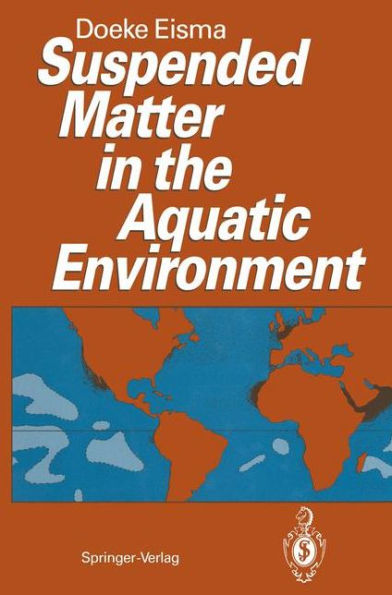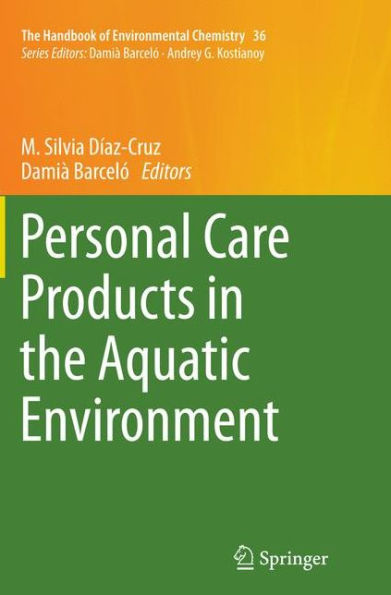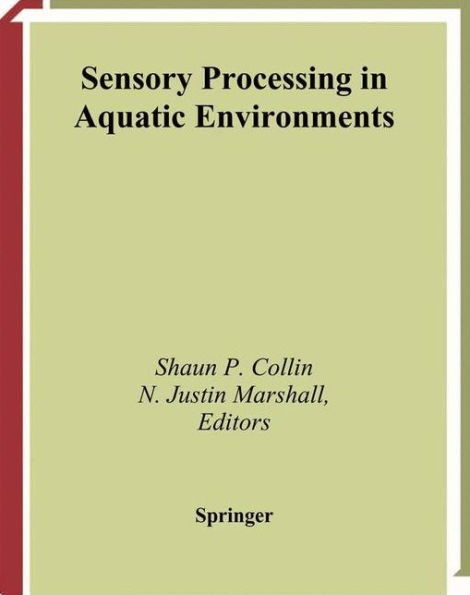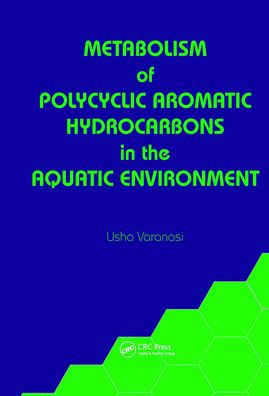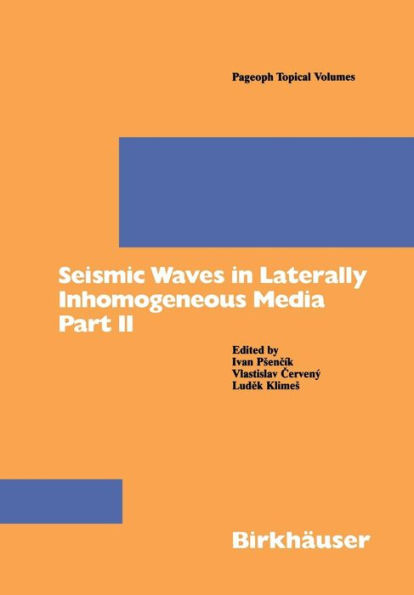Home
Plastics the Aquatic Environment - Part II: Stakeholders' Role Against Pollution
Barnes and Noble
Plastics the Aquatic Environment - Part II: Stakeholders' Role Against Pollution
Current price: $379.99
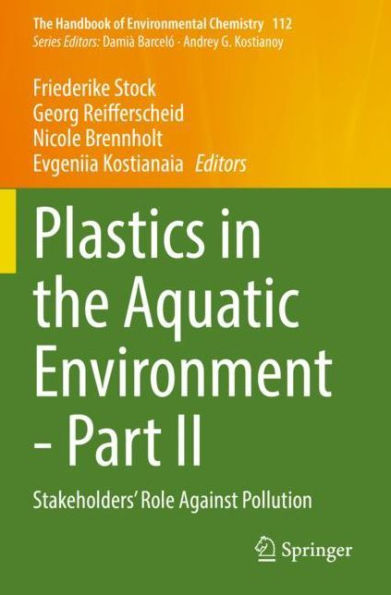

Barnes and Noble
Plastics the Aquatic Environment - Part II: Stakeholders' Role Against Pollution
Current price: $379.99
Size: Hardcover
Loading Inventory...
*Product information may vary - to confirm product availability, pricing, shipping and return information please contact Barnes and Noble
This book reviews comprehensively the opportunities and responsibilities of science, society and politics to combat plastic pollution in marine and freshwaters. It provides insights on what information is needed, and from whom, and it outlines policies proposed by various institutions including OSPAR, HELCOM and the European Union. Plastic waste has become a global threat to the aquatic environment that does not stop at country borders. Meanwhile, there are many efforts in science, industry, commerce and governments to tackle the problem worldwide. School education, NGO public actions, voluntary trade reduction measures, governmental management options and governmental regulatory actions are part of the portfolio of efforts to deal with the problem.
Together with the companion volume
Plastics in the Aquatic Environment - Part I: Current Status and Challenges
, it provides scientists, policymakers and environmental managers with essential reference information on how this problem is being solved, what challenges and barriers are expected and how they can be overcome.
Together with the companion volume
Plastics in the Aquatic Environment - Part I: Current Status and Challenges
, it provides scientists, policymakers and environmental managers with essential reference information on how this problem is being solved, what challenges and barriers are expected and how they can be overcome.


